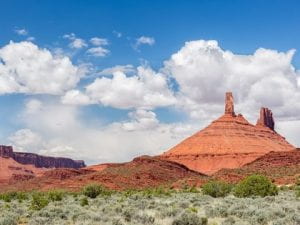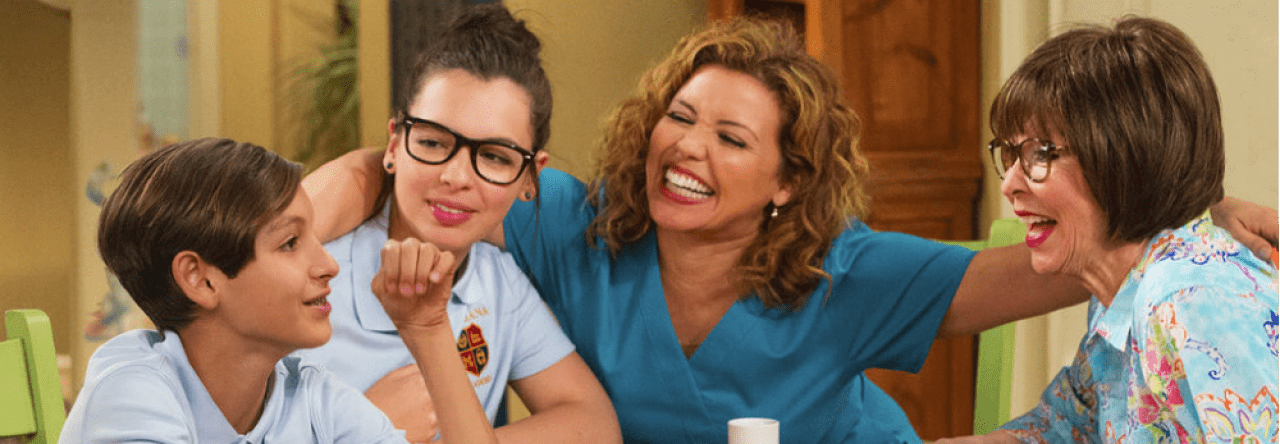WestWorld is a theme park created on the premise of satisfying humanity’s deepest desires without repercussions. Visualizing this with meaning is thus an obvious challenge, but it’s a challenge the creators and directors of WestWorld confront seemingly effortlessly.
The show is shot from different perspectives for long periods of time. Each episode, we see the camera alternate to follow different characters in the show. For example, we may start off following Dolores, but 8 minutes later will find ourselves back at the park headquarters following Bernard. These are mostly long shots, and while many other shows employ this tactic when there are multiple characters in the storyline, WestWorld employs it in a unique way. Since WestWorld is literally about a world within a world, each time we change character perspectives we find ourselves in a totally new world (I know, a lot of “world” in that sentence). When we find ourselves following a character in the park, for example, it’s easy to fall into the perception that it’s real. It takes the changes in perspective to headquarters for us to get a reality check and remind ourselves this is nothing but a simulated world. This tactful employment of cinematography makes it all the more interesting for the viewers as we immerse ourselves in two different worlds and eventually watch them collide.
Whenever we find ourselves in WestWorld, everything is often bright and vibrant. We’re treated to beautiful shots of the canyon landscape, enthralling rivers, and colorful towns. When characters embark through journeys in the park, the weather is often sunny, and the shots will give us impressions of desolate lands. This is in stark comparison to our shots within the WestWorld headquarters, where shots are often darker, the ambience far from vibrant, and the perception gloomy. Offices are seemingly always windowless in this building, giving the impression of more of a labyrinth than a workspace. This highlights the stark difference between the two worlds: The simulated world of pleasure, and the reality of running such a morally ambiguous world.
Seeing how I’ve finished the show by now (I did a little bit of binging), I can analyze the visuals of the show as a whole. While the show overall follows the trends I’ve explained above, it gets even more complex as the show advances. When these two worlds of simulation and reality begin to collide, we begin to witness the visuals reflect this. Slowly but surely, both worlds become more reflective of the reality, and the visuals of WestWorld become more morbid and dark. Overall, the writers, directors, and producers go through great lengths to wrap the viewers in the visuals of two distinct worlds, and the amazing quality of WestWorld reflects this.

The beautiful scenery of WestWorld

